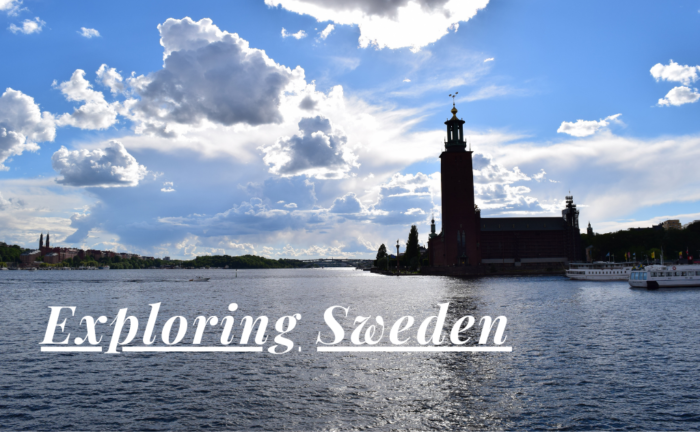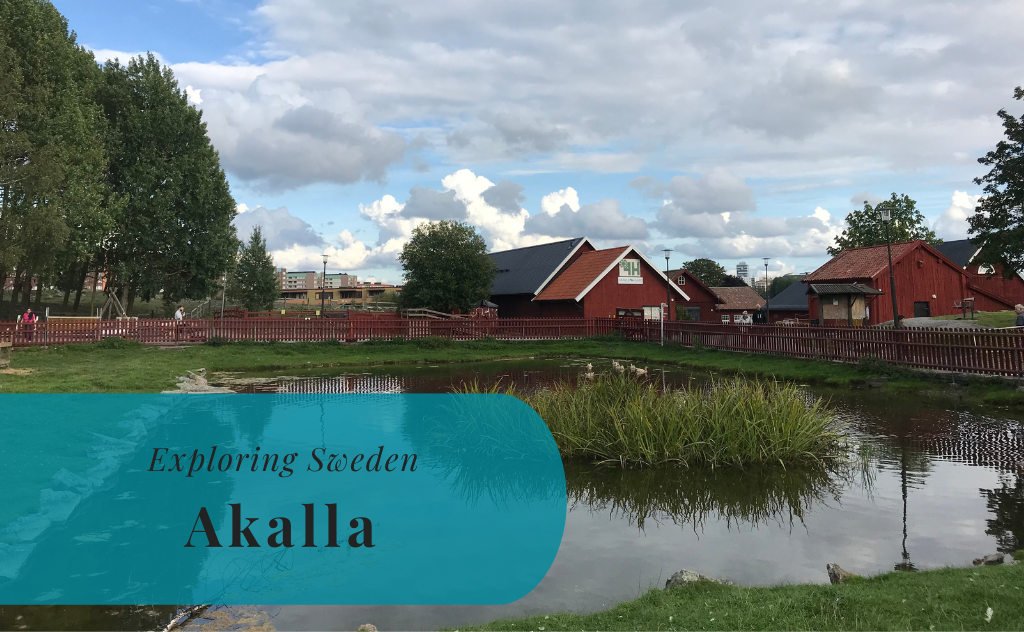Akalla is a district in the northern parts of the City of Stockholm, the capital of Sweden. It is located in an area known as Järvafältet, a former green area where Akalla as well as neighbouring Husby and Kista were established in the 1970s. Today this is a densely populated suburb of Stockholm, with a population of around 9,300 inhabitants. It is one of the end stations of the Blue Line of the Stockholm Metro and is known for its large immigrant population. It is estimated that around 60% of the population was born outside of Sweden, mostly in Asia and Africa. One of the main characteristics of Akalla is the 18 multistorey residential buildings that are lined up along its main central street.



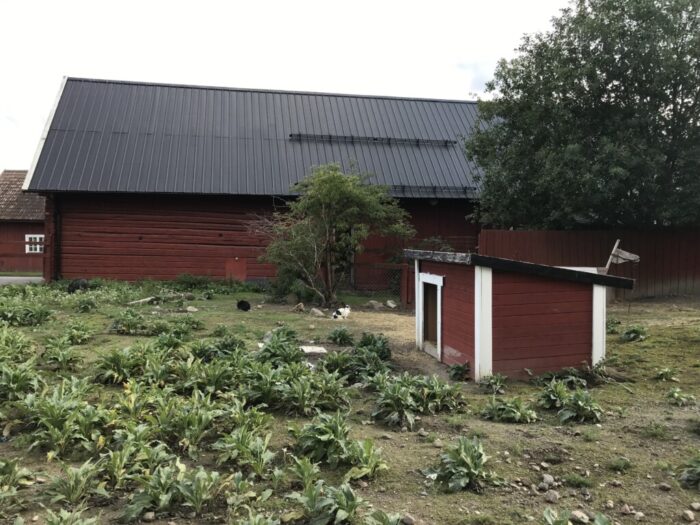


A Short History of Akalla
Akalla has its origins in an old village that once lay here. Its use as a rural inhabited area changed in 1905 when the Swedish state acquired the whole area. Akalla and a large part of what is known as Järvafältet were from then onwards used as a training ground for the Swedish Army. A sign of change came in 1949 when the area was incorporated into the City of Stockholm and the city acquired the land from the military in 1965.
The planning of the exploitation of the area began at once and the building plans were completed in 1969. The construction of Akalla took place between 1972 and 1977. This happened at about the same time as both Husby and Kista. Akalla has continued to develop since, with both offices and more residential areas. More recently the construction of the motorway bypass Förbifart Stockholm is noticeable just north of the residential area where the road will pass by when completed.

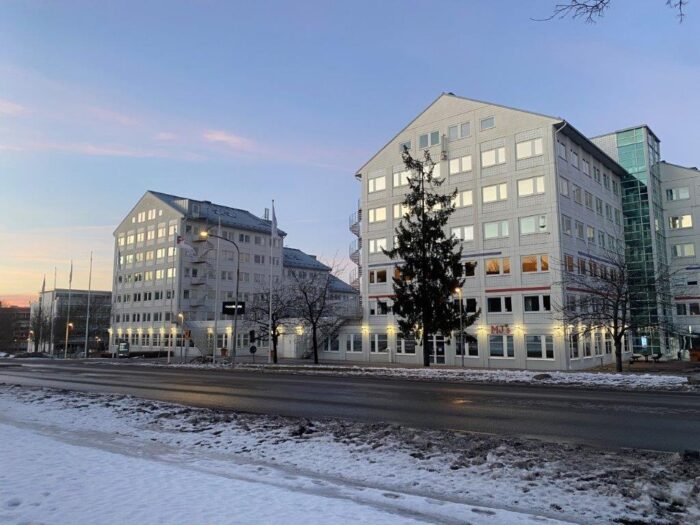
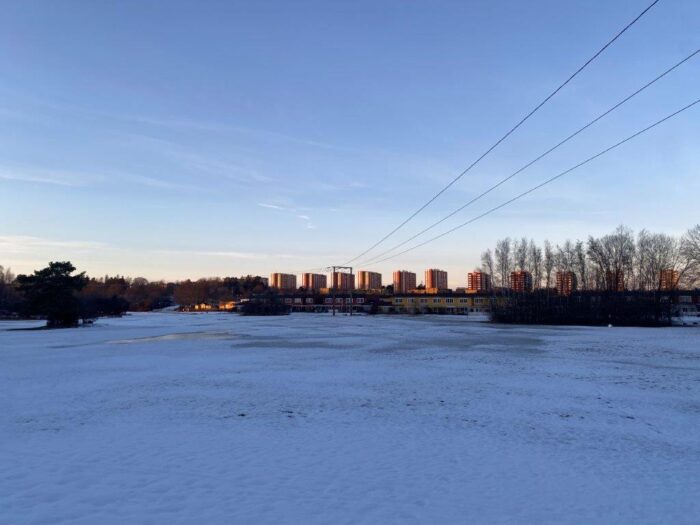

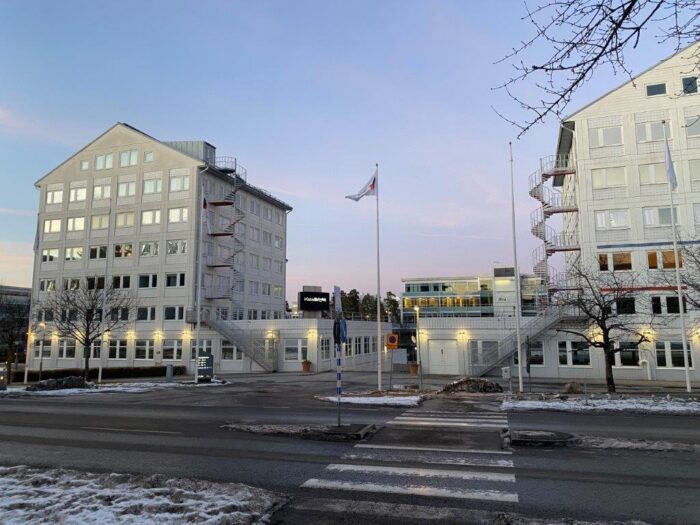


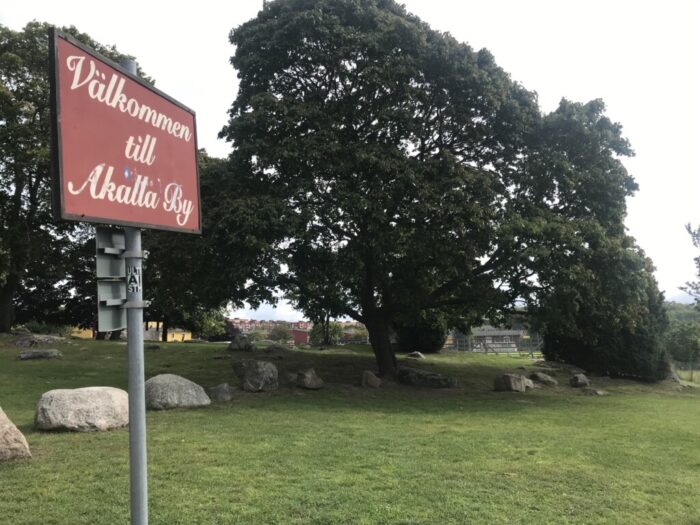
Things to Do and See
Walking along its central street will take you past the 18 multistorey residential buildings that are very stereotypical for Akalla. From this street, most of the district is within easy reach, especially the historical village of Akalla By. A more pleasant walking path can be found in the southern part of Akalla, between the built-up area and the surrounding fields and forests of Järvafältet that separates Akalla, Husby, and Kista from Hjulsta, Tensta, and Rinkeby. Along these fields, you will find the small stream Igelbäcken as well as the historical farms of Hästa and Eggeby. It is also an area with plenty of ancient remains and there is a runestone at the border with neighbouring Husby. To the north, there are the large nature reserves of Hansta and Västra Järvafältet.
Akalla By
Akalla By is the historical village, which has been saved during the presence of both the army and Stockholm’s city planners. It is today one of the local meeting points and acts as an open-air museum. Here you will not only find the historical buildings but also home to a 4H farm. This is an organized farm where the youth are encouraged to learn more about the connection between humans and their surroundings. Here this means that it is several animals still kept at Akalla By. 4H is an international network and vision for youth development.
Akallastråket
Akallastråket is a walking path that starts in Akalla. It goes all the way to the center of Stockholm and the Old Town. On the way, it passes by Husby, Kista, Ursvik, Råsunda, Solna, Huvudsta, and Kungsholmen. In total, it covers a distance of around 18 kilometers and is one of 19 similar walking routes in Stockholm.

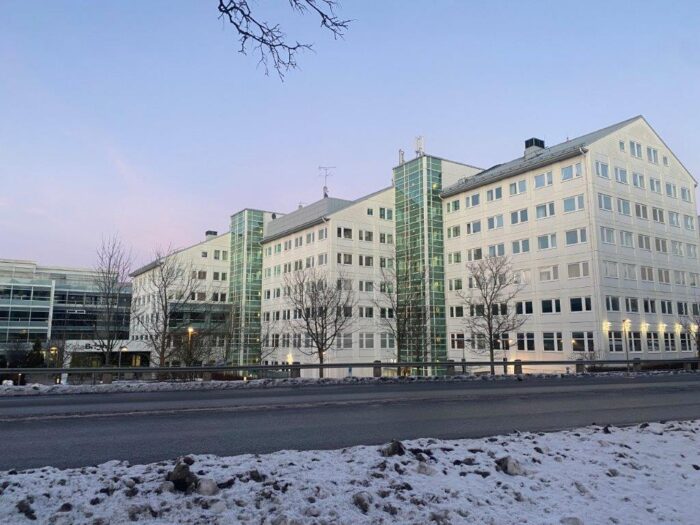



How to Get to Akalla
- Flights: Stockholm Arlanda Airport (ARN), is 29 kilometers to the north.
- Car: Akalla lies along Road E4 just to the north of the center of Stockholm.
- Bus: Buses from SL connect Akalla with the surrounding area.
- Metro: There is a metro stop in Akalla that connects it to the rail network of Stockholm.
- Train: There are several railway stations nearby. There is Sollentuna, Helenelund, Solna, and the Central Station in Stockholm to mention a few.
The driving distance from 5 major Swedish cities, according to Google Maps:
- Stockholm – 16 kilometers (14 min)
- Gothenburg – 480 kilometers (4 h 50 min)
- Malmö – 624 kilometers (6 h 20 min)
- Linköping – 211 kilometers (2 h 20 min)
- Kiruna – 1222 kilometers (13 h 50 min)
Explore More of Stockholm and Sweden

